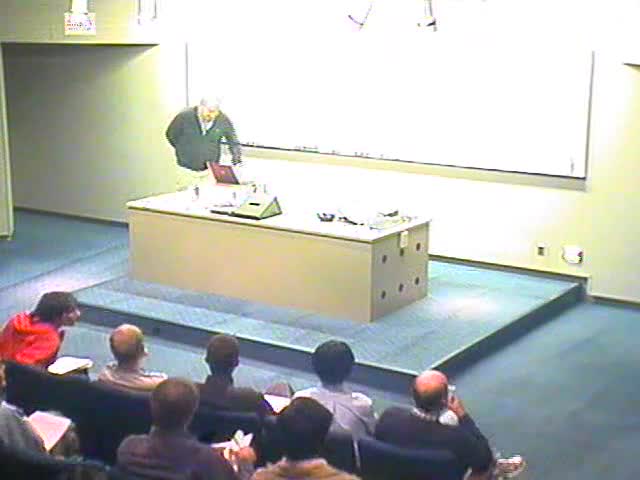Chemotactic Cell Movement During Dictyostelium Development and Chick Gastrulation
Presenter
May 29, 2008
Keywords:
- Cell biology
MSC:
- 92C37
Abstract
We investigate the molecular mechanisms by which cells produce and detect
chemotactic signals and translate this information in directed coordinated
movement up or down chemical gradients in the social amoebae Dictyostelium
discoideum, and during gastrulation in the chick embryo.
In Dictyostelium starvation for food induces the aggregation of up to hundreds
of thousands of individual amoebae into a multi-cellular aggregate. During
aggregation the cells differentiate into several distinct celltypes, which sort
out to form a migrating slug, which after a variable period of migration
transforms into a fruiting body consisting of a stalk supporting a mass of
spores. Experiments show that chemotactic cell migration in all stages of
development is controlled by propagating waves of the chemo-attractant cAMP. At
present we concentrate on investigation of the mechanisms that drive chemotactic
cell sorting which results in slug formation. We use quantitative imaging
techniques to investigate cell type specific differences in signal transduction
dynamics, polarised activation of the actin-myosin cytoskeleton and force
generation that drive cell sorting.
Gastrulation in the chick embryo starts with the occurring of extensive cell
flows that result in the formation of the primitive streak, a structure through
which the mesoderm and endoderm precursor cells ingress to take up their correct
positions in the embryo. We are tracking the in-vivo migration of these cells
during streak formation and after their ingression through the primitive streak
to gain insight in the mechanisms that drive these cell movements. Our current
hypothesis is that formation of the primitive streak as well as the movement of
the mesoderm cells after their ingression through the streak is controlled by a
combination of attractive and repulsive guidance cues, delivered at least in
part by members of the FGF, VEGF, PDGF and Wnt families of signalling
molecules.
